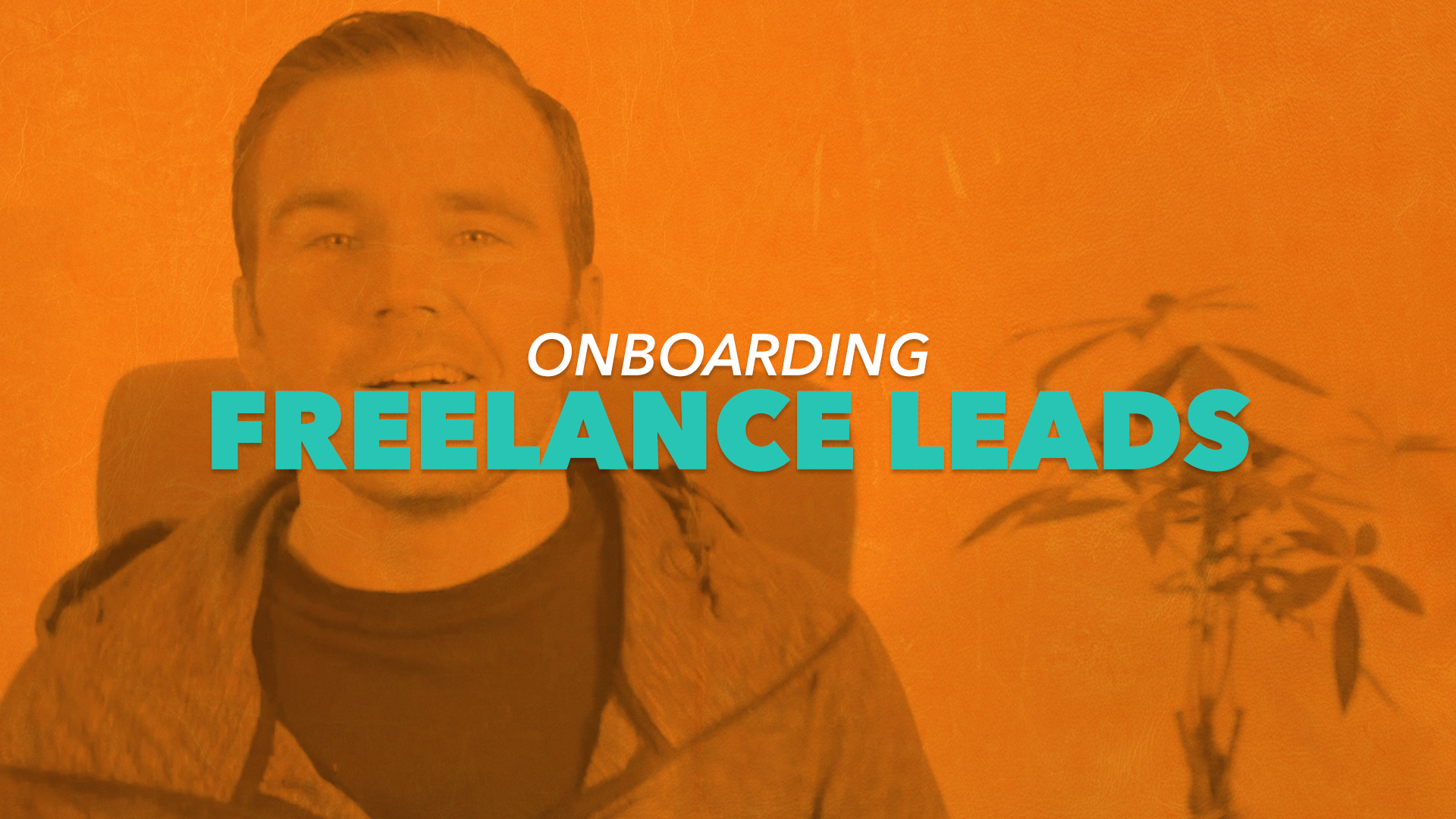Automating the entire new client process into a refined onboarding experience saves you a ton of time, shows the client you’re professional, and acts as a filtering process to weed out bad clients so you only work with the best clients.
You see, not all clients are good clients.
Ever heard of the 80/20 principle? Well, it usually works out that 20% of your clients generate 80% of your income. These are higher quality clients who pay more, have more interesting projects, and they’re generally easier to work with.
Focus on attracting the high quality 20%
You do this by setting expectations, and essentially giving a new client a few “hoops” to jump through.
Send them through a set of automated filters.
If a client can’t make it through your introductory questions and requirements, they are displaying behaviour that might show up later in the project, and they probably aren’t a good match.
Typically at the very beginning of getting in touch with a prospective client, there is a lot of wasted time going back and forth via email. The client has questions, you have questions, you both wait for one another to respond, and this can take the better part of a week — remember, all of this is unpaid, and you haven’t even signed them on as a client yet!
With every prospective client, you’ll have the same handful of questions & requirements – if you don’t automate this process, you’ll waste hours every single time a potential gig comes your way.
So, how do you automate this process?
You don’t need expensive software, or tons of fancy tools… in it’s simplest form, you can write a text document with Standard Operating Procedures that tell you exactly what to do, what to ask the client, pre-populated scripts you can copy & paste, etc. You just need to have a SYSTEM you put every single new lead through.
Once you have determined your SYSTEM, you can then incorporate some software to literally automate the process, as if robots were running your business for you!
Let me show you exactly how to create your own new client onboarding workflow so that you can save a ton of time, and book only the best clients.
ONBOARDING STEP #1:
Send a Request For Proposal Form
When you get a new lead with a request to quote a project, have them fill out a Request For Proposal form. Using a free service like TypeForm, create an online form with all of the information you need from a new client in order to understand who they are, the problem they want to have solved, their budget, timeline, and any technical information (i.e. web hosting).
This is going to save you a ton of back & forth time with the client, it shows you’re professional, and it will give you all of the necessary information to decide if this is a project you can (or want to) take on.
If they can’t provide the information you’re asking for, or take too long to fill it out, you’ve just filtered out a bad client (and you’ve wasted NO time on them).
ONBOARDING STEP #2:
Schedule an Initial Client Call
Let’s say the client filled out the form, everything looks good to you, and you’re interested in the job. The next step is to jump on a call with them to discuss the information they provided you, clarify any details, ask & answer some questions, and to make them aware of the next steps. You choose the times that work for you, send the link to your client, they get to pick the best time for them, your Google calendar will be synced, and you’ll both be automatically notified of the appointment time. Done.
ONBOARDING STEP #3:
Create & Send a Project Proposal
A proposal can be as simple as a Word document or as fancy as a custom designed experience on paper, but remember the point is to show the client you’re professional, understand what they need, and are proposing a solution to their problem. A proposal is a document that outlines:
- Who you are
- Your experience
- Testimonials
- What the client needs
- What you’re offering them
- The project timeline
- Cost & payment schedule
- Terms & conditions
If your client likes the proposal and wants to move forward, have them sign an official contract. It’s a more official legally binding document that covers your butt. I use a free service called Hello Bonsai which is a super easy to use, intuitive way to draw up an official web design contract in a matter of minutes.
ONBOARDING STEP #4:
Get a Deposit Before Starting
I don’t take risks with new clients (even some regular clients), so I always request 50% of the project payment upfront before I even start. I typically accept cheques, email money transfer, or credit card. Use software such as…
…to send invoices, track finances and get paid via credit card.
—
If you want to learn more about creating an automated onboarding system in your freelance business, download my free 7-step freelancing roadmap…
